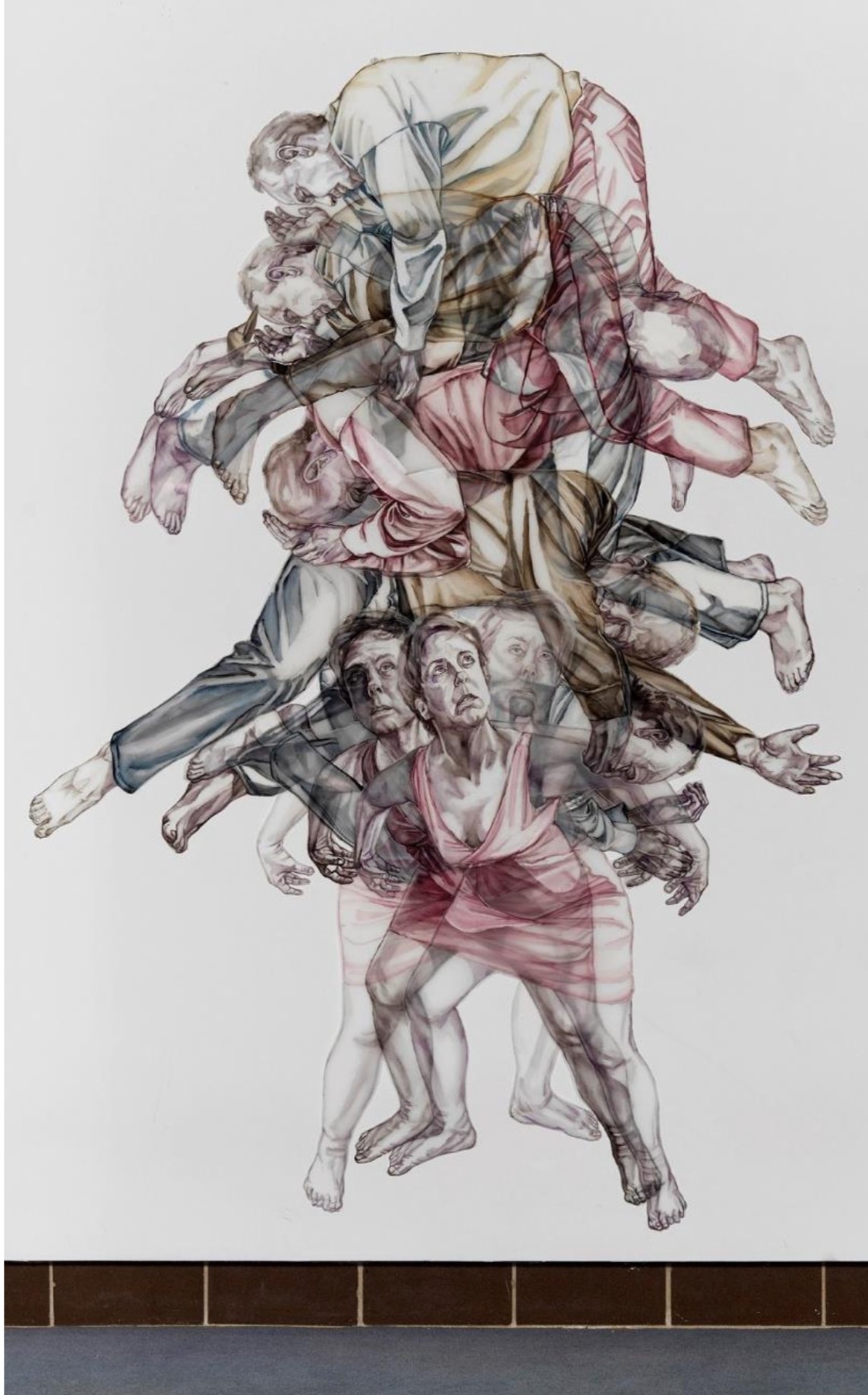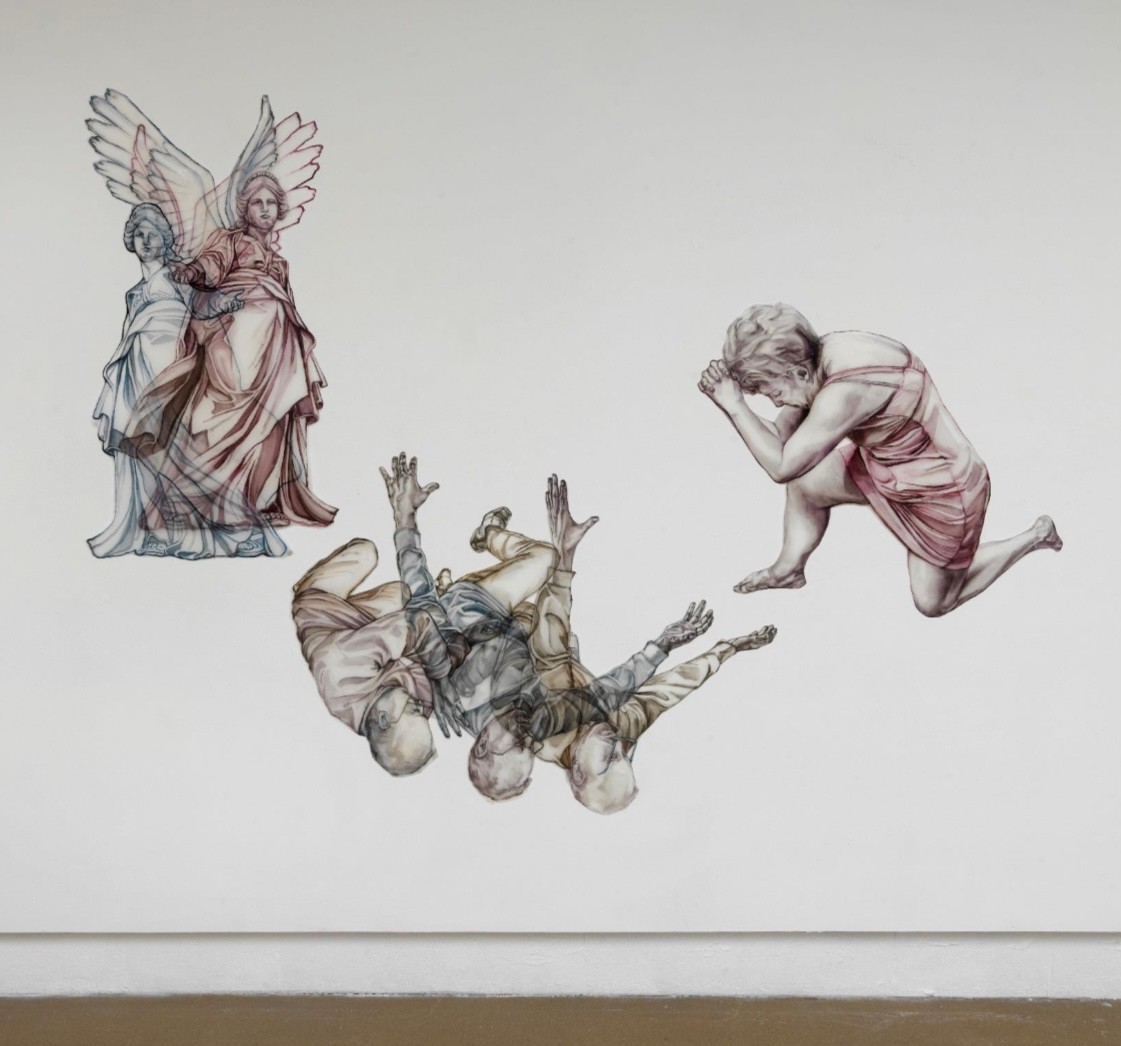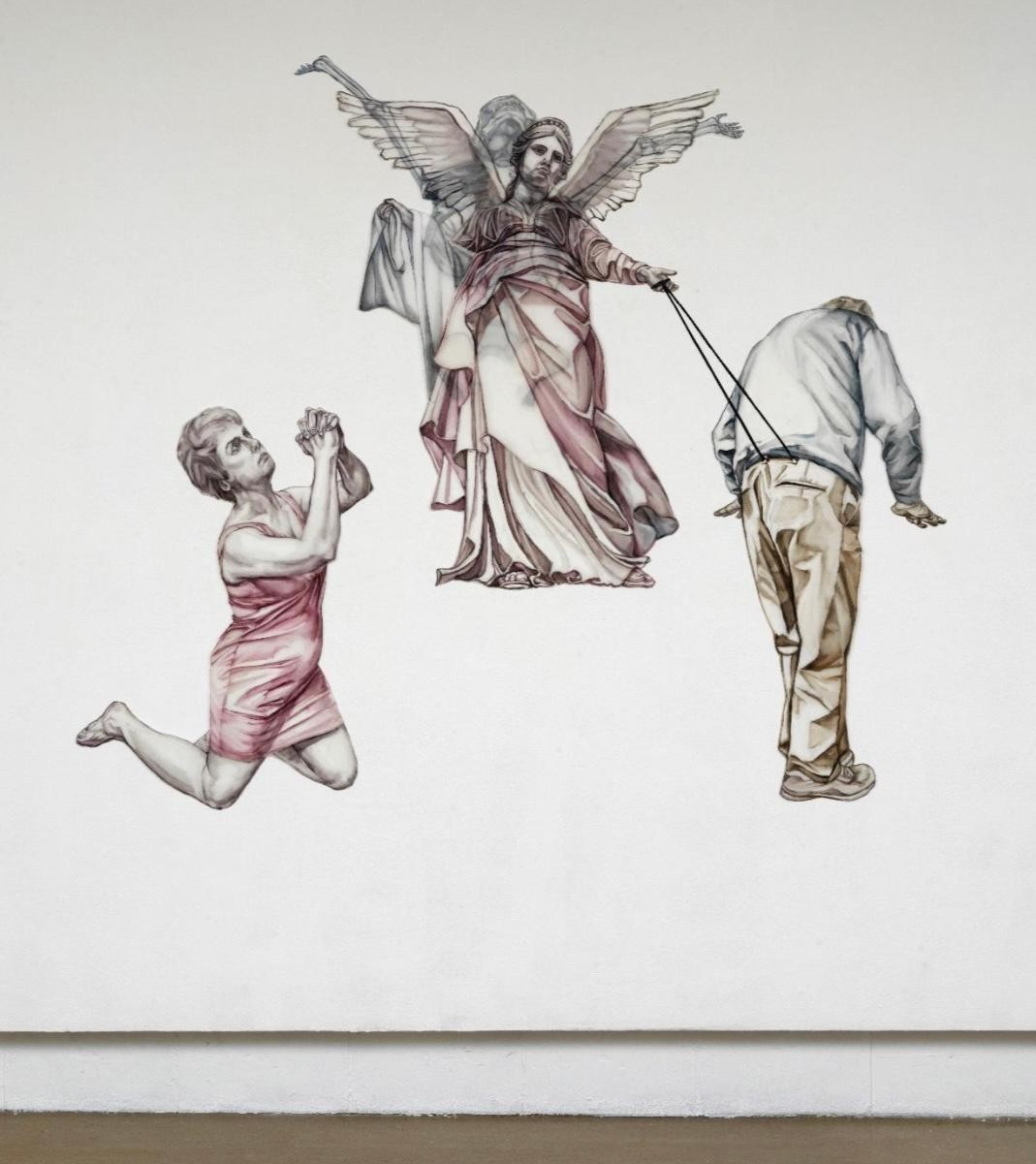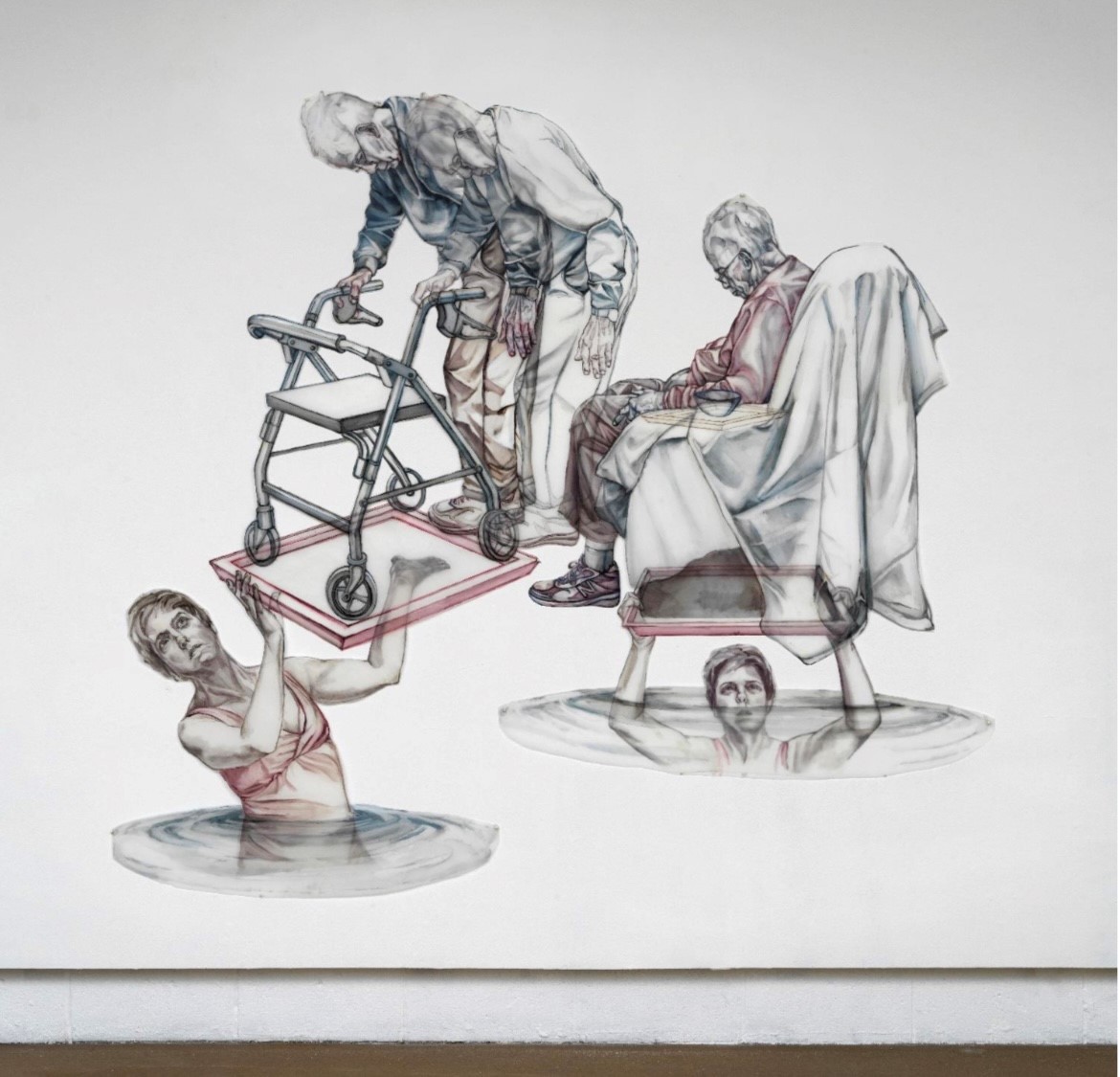Alright – so today we’ve got the honor of introducing you to Mary Porterfield. We think you’ll enjoy our conversation, we’ve shared it below.
Hi Mary , thanks for joining us today. Learning the craft is often a unique journey from every creative – we’d love to hear about your journey and if knowing what you know now, you would have done anything differently to speed up the learning process.
My art journey began when I would watch my mother paint as a child. We lived in Germany when I was young because of my father’s air force career. My mother took art classes to help her overcome her homesickness for the Midwest. I would go with her to her painting classes and fell in love with art at that time. Although I always loved art, I never believed I could have a career with it. For that reason, I initially pursued a degree in occupational therapy, receiving my master’s degree from Washington University in St. Louis in 1993. After working in a trauma center in St. Louis for several years, I went on to receive my master’s in fine art from Arizona State University in 2002.
At ASU, my instructors strongly encouraged versatility of technique, in all types of artmaking. When I entered grad school, all my paintings were created with a palette knife. Having only used one tool, my artworks felt monotonous in their process. Thanks to my instructors, I further varied my paint application with different brushes, achieving a greater sense of depth within my works. The feedback I received regarding versatility is an essential skill that I carry with me to this day.
Regarding what I could have done to speed up my learning process, I wish I would have been more aware of how my selected medium could support my content. My new work is inspired by my mother’s role as a caregiver to my disabled father. To more fully depict my father’s evanescence before his passing, I’ve shifted from painting on wood panel to drawing on semi-transparent film. The ghostlike layers that result convey the ephemeral nature of the present, especially as my father slowly faded from the person my mother and I remembered. The translucency of my selected material allows me to more honestly represent what my father experienced, while more fully addressing the hardship of degenerative disease.



Mary , love having you share your insights with us. Before we ask you more questions, maybe you can take a moment to introduce yourself to our readers who might have missed our earlier conversations?
I am a Chicago artist who is deeply committed to addressing the topics of aging and caregiving in my artwork. In conveying deeply personal imagery, it’s my hope to elevate those who have had such an impact on our past yet seem to fade in our present. As the artworld has made strides in becoming more diverse, I want to bring more visibility to those who have been historically underrepresented in the arts, including the elderly and those responsible for their care.


We’d love to hear a story of resilience from your journey.
About 15 years ago, I was working towards a number of art deadlines but had little vacation time left to use for my art. To have more time off work to complete my submissions, I elected to have arthroscopic knee surgery for a procedure I needed but didn’t want to have done. I knew my recovery time would afford me the necessary hours to work on my painting and pursue my goals. I remember sitting at my easel, with my leg bandaged and elevated, and painting 60 hours that week after surgery. I proudly met all my deadlines with no time to spare. Several weeks later, in the same batch of mail, I received my first bill for knee surgery and two rejection letters for the shows I had worked so hard to enter (the third came later). After hobbling up my steps, I remember holding the letters and staring at the work that had occupied every ounce of my energy for the last year. I remember thinking, “Maybe this is what lies ahead of me in my art career. Maybe, no matter my how hard I work, I’ll always face rejection and my work will never be seen.” Then, it occurred to me, if this is what my future holds, I want to do the best paintings I can to please myself. At that moment, I made a vow to make work as if it would never be seen. Ironically, since developing that attitude, my art career shifted and I had the honor to exhibit at many art centers and museums, both locally and internationally.


What’s the most rewarding aspect of being a creative in your experience?
It’s most rewarding when someone tells me that he or she connects with my work. It’s especially meaningful when a caregiver, who has worked years to provide physical or emotional assistance, feels ‘seen’ in my drawings. Knowing all that my mother went through to care for my father, those comments mean the world.
Contact Info:
- Website: www.maryporterfield.com
- Instagram: mary.porterfield
- Facebook: Mary Porterfield
- Linkedin: Mary Porterfield
Image Credits
Tom VanEynde


